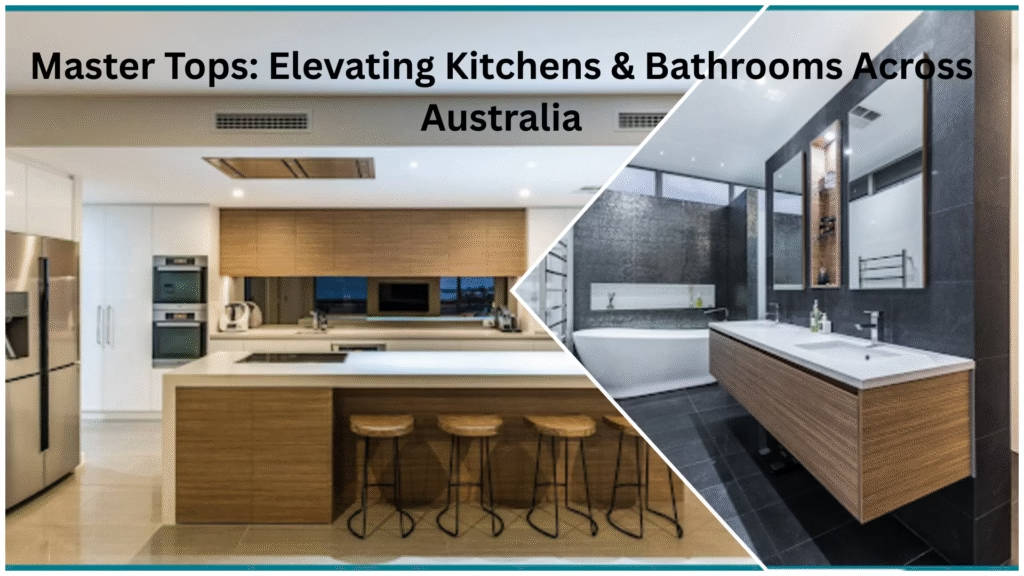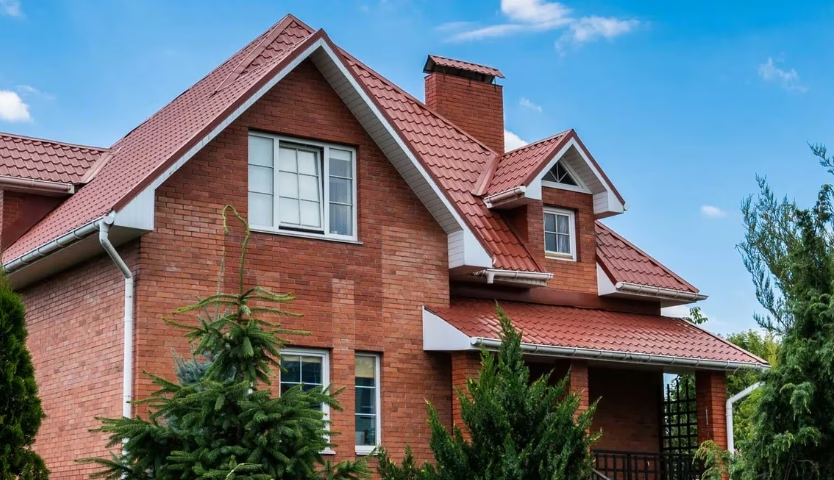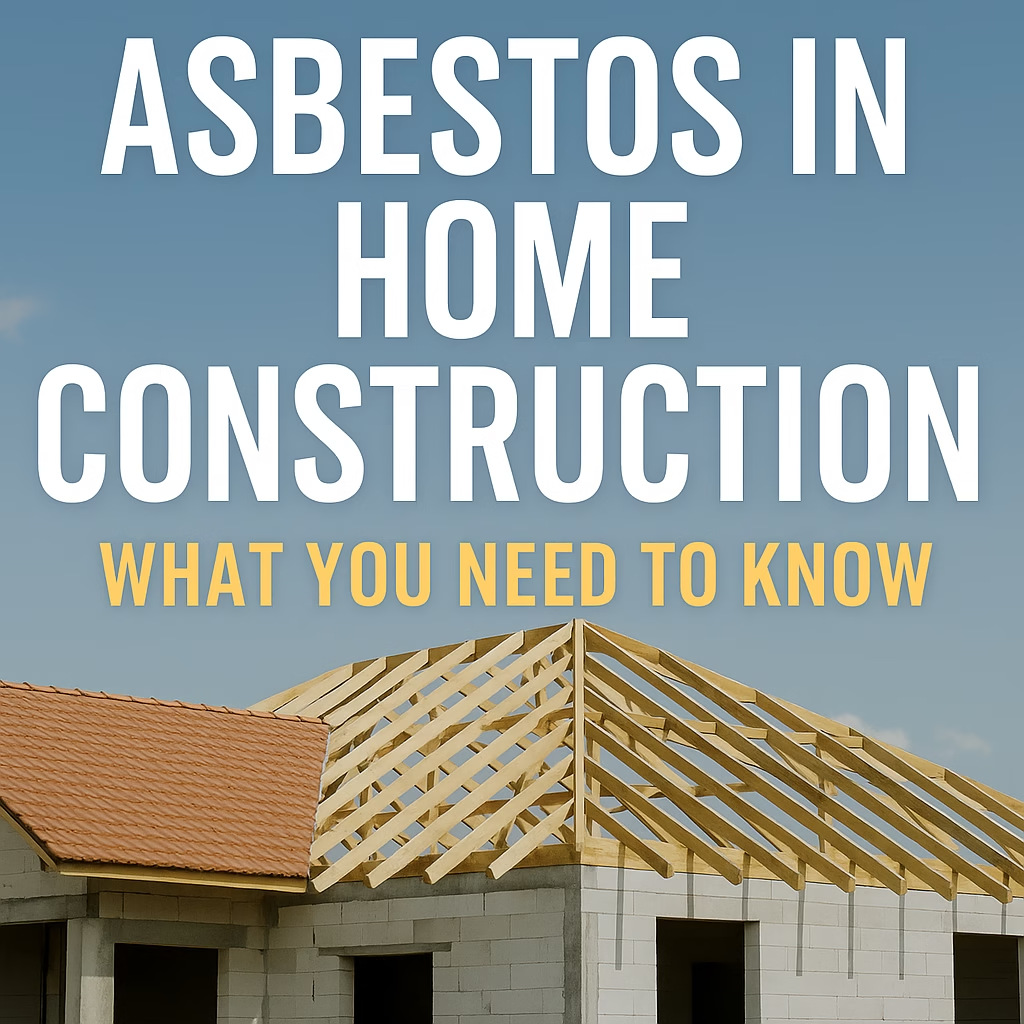Homeowners are looking for stylish, functional, and sustainable extensions, and extension builders in Melbourne are delivering. These builders are staying ahead of the curve, using cutting-edge trends to improve both property value and lifestyle.
Below, we explore the latest trends shaping home extensions and what’s coming next in the world of architectural innovation.
Sustainable and Eco-Friendly Extensions
Sustainability is no longer an option—it’s a necessity. More homeowners are prioritising eco-conscious materials and energy-efficient designs to reduce their carbon footprint. Some of the most in-demand features include:
- Passive design principles, such as strategic window placement for natural light and ventilation
- Solar panels and green roofs for energy efficiency
- Sustainable building materials like recycled timber, bamboo, and rammed earth
- Smart insulation solutions that minimise energy loss
These features not only make homes more environmentally friendly but also contribute to long-term cost savings.
Open-Plan and Multi-Functional Spaces
The desire for seamless indoor-outdoor living is driving the popularity of open-plan layouts. Homeowners are opting for:
- Bi-fold or sliding glass doors to merge interiors with gardens or patios
- Flexible spaces that serve multiple purposes, such as home offices doubling as guest rooms
- Minimalist designs that create airy, clutter-free environments
This trend is particularly appealing to families seeking adaptable spaces that evolve with their needs.
Smart Home Integration
Technology is reshaping home extensions, with smart home automation becoming a major trend. Today’s homeowners are incorporating:
- Voice-activated lighting and climate control for convenience and efficiency
- Automated blinds and skylights to optimise natural light
- Advanced security systems with remote monitoring
- Smart kitchens with AI-powered appliances
Integrating smart technology into home extensions enhances comfort, security, and energy efficiency.
Biophilic Design Elements
Bringing nature indoors is a growing priority for homeowners. Biophilic design emphasises natural materials and greenery, with features such as:
- Indoor gardens and vertical green walls
- Large windows and skylights for ample sunlight
- Natural wood and stone finishes
- Water features that add tranquillity to interior spaces
This approach fosters a healthier and more visually appealing living environment.
Loft and Second-Story Extensions
With urban spaces becoming more constrained, homeowners are building upwards rather than expanding outward. Loft conversions and second-story additions are rising in popularity due to:
- Maximising limited land space in dense areas
- Increasing property value with additional bedrooms or workspaces
- Enhancing views and natural light from higher elevations
This trend is particularly common in Melbourne’s inner suburbs, where ground space is limited.
Heritage Home Extensions with a Modern Twist
For those living in period homes, heritage-sensitive extensions that blend traditional charm with contemporary elements are highly desirable. Key features include:
- Preserving original facades while updating interiors
- Sympathetic materials that match existing structures
- Glass linkways that connect old and new spaces seamlessly
This approach ensures that classic homes retain their character while benefiting from modern functionality.
Prefabricated and Modular Extensions
Speed and efficiency are driving the demand for prefabricated and modular extensions. These structures offer:
- Faster construction times compared to traditional builds
- Lower labour costs
- Sustainable materials with minimal waste
- Customisable designs that cater to individual preferences
As technology advances, we can expect even more sophisticated prefabricated solutions in the coming years.
Outdoor Living Enhancements
Australians love outdoor living, and extension designs now prioritise alfresco areas. Popular features include:
- Covered patios and pergolas for year-round use
- Outdoor kitchens and BBQ stations
- Fire pits and seating areas
- Swimming pools and spa zones
These extensions create an inviting atmosphere for relaxation and entertainment.
What’s Next in Home Extensions?
As design trends evolve, we anticipate the following emerging innovations:
- 3D-printed extension components, which reduce construction time and costs
- AI-driven architectural design tools for enhanced customisation
- Carbon-neutral building practices for environmentally responsible homes
- Adaptive living spaces that change function based on occupant needs
With advanced technology and sustainability at the forefront, the future of home extensions promises to be both stylish and functional.







